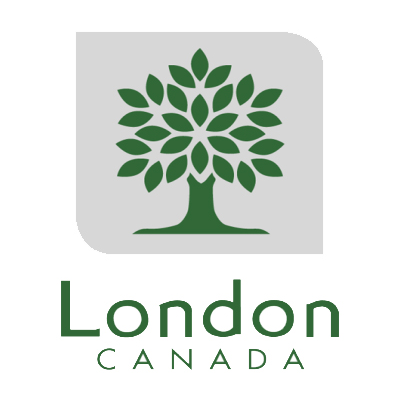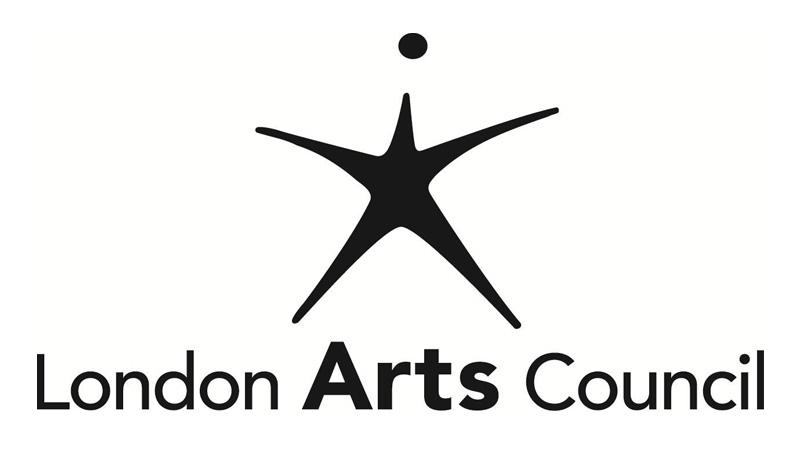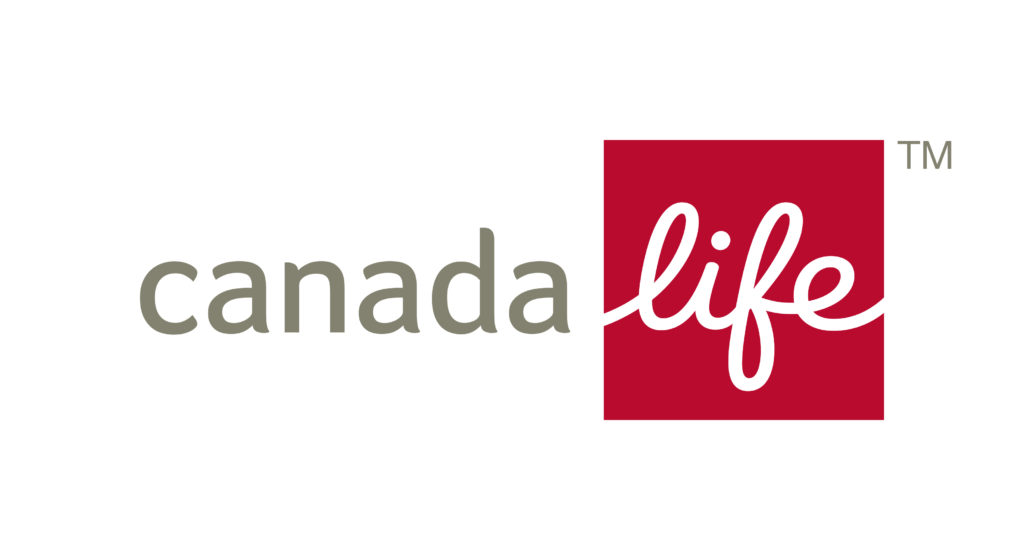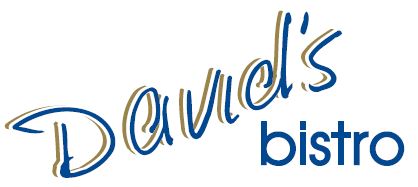The Chippewas of the Thames First Nation
They are the territory of the Deshkaan Ziibing Anishinaabeg (Chippewas of the Thames First Nation). They describe themselves as “a forward thinking nation with a strong grasp of our traditional values. Through culture, heritage and continued education we are working towards a better future – towards a self-governing First Nation that thrives socially, culturally, spiritually and economically.” The Chippewas of the Thames First Nation call themselves Anishinabek and are known as the Ojibway, which are a part of the Algonquin language family. 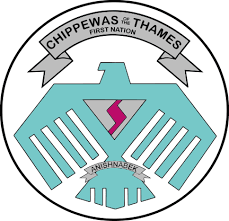
Originally they migrated to the Great Lakes area from the North-Eastern region of North America. Along with the Odawa and the Potawatomi they form the Three Fires Confederacy. They are located on the Thames River north bank, 20km southwest of London, Ontario. Chippwwas of the Thames River was established in 1760 as an Ojibway community and claimed the title of the Thames waterbed as they settled there. The land is 3,331 hectares of unceded land in Southwestern Ontario.
Anishinabek Nations: The Three Fires Confederacy

The Anishinabek Nation is the oldest political organization in Ontario. It can be dated back to the Confederacy of Three Fires, which existed long before European contact. The Anishinabek Nation represents 39 First Nations with a population of 65,000 citizens throughout the province of Ontario. The Nation has four strategic regional areas:Southwest, Southeast , Lake Huron and Northern superior.
There are 3 important groups of Anishinabeg in the Nation:
- Ojibway (Older Brother)
- Odawa (Middle Brother)
- Potawatomi (Younger Brother)

The Ojibway, Odawa and Potawatomi Nations formed the Confederacy of the Three Fires of people who shared similar languages and territories and who met together for military and political purposes. The Ojibway (Chippewas) were the providers, the Odawa were the warriors and the Potawatomi were the firekeepers. The Council of the Three Fires would meet in central places such as Michilimackinac.
The Haudenosaunee Confederacy
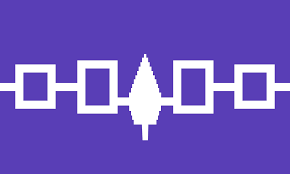 The Haudenosaunee Confederacy means People of the Longhouse. The confederacy was founded by the prophet known as the Peacemaker with the help of Hiawatha. The exact date of the joining of the nations is unknown and said to be immemorial making it one of the first and longest lasting participatory democracies in the world. The confederacy is made up of the Mohawks, Oneidas, Onondagas, Cayugas and Senecas and was intended as a way to unite the nations and create a peaceful means of decision making.
The Haudenosaunee Confederacy means People of the Longhouse. The confederacy was founded by the prophet known as the Peacemaker with the help of Hiawatha. The exact date of the joining of the nations is unknown and said to be immemorial making it one of the first and longest lasting participatory democracies in the world. The confederacy is made up of the Mohawks, Oneidas, Onondagas, Cayugas and Senecas and was intended as a way to unite the nations and create a peaceful means of decision making.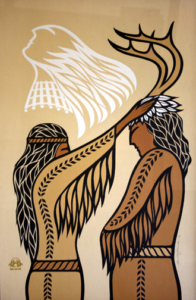
Nations and roles:
- Onondaga (Keepers of the Fire)
- Mohawk, Seneca and Onondaga (Elder Brother)
- Cayuga and Oneide (Younger Brothers)
The Haudenosaunee symbol of the longhouse, provided by the Peacemaker, is recognized in the traditional geographic locations. The main meeting place still exists today on Onondaga territory. Haudenosaunee territory includes around Lake Ontario, Huron and Erie in present day New York state and Pennsylvania as well as southern Ontario and Quebec.
Huron-Wendat Peoples
The Huron-Wendat are an Iroquoian-speaking nation. Their regions consist of the St. Lawrence Valley and estuary to the Great Lakes region. “Huron” was a nickname given to the Wendat by the French, meaning “boar’s head”. Their confederacy name was Wendat (Ouendat) perhaps meaning “people of the island.” As of July 2018, the Huron-Wendat First Nation, located in Wendake, Quebec and had 4,056 registered members.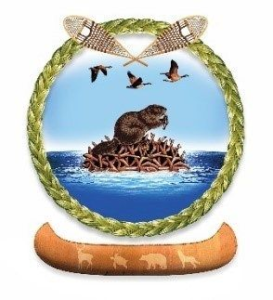
In Huron-Wendat culture, inheritance and descent are determined through the female line and the fundamental socioeconomic group was the matrilineal-extended family. The Huron-Wendat language is part of the Iroquoian linguistic family. It nearly went extinct as a consequence of dispersals and the colonization of Canada however it is being revitalized by its peoples through educational programs, while still being considered endangered.
 Today, The Huron-Wendat First Nation in Wendake, Quebec, is led by a council made up of a Grand Chief and eight Heads of Family. It offers many services to its members such as a school, health facility and police. It also has the Hôtel-Musée Premières Nations which is a museum, event centre and a hotel.
Today, The Huron-Wendat First Nation in Wendake, Quebec, is led by a council made up of a Grand Chief and eight Heads of Family. It offers many services to its members such as a school, health facility and police. It also has the Hôtel-Musée Premières Nations which is a museum, event centre and a hotel.
Links:
Chippewa (London): https://www.cottfn.com/chief-council/our-history/
Anishinaabe and Fire confederacy :https://www.anishinabek.ca/who-we-are-and-what-we-do/#:~:text=The%20Ojibway%20(Chippewas)%2C%20Odawa,for%20military%20and%20political%20purposes.&text=By%20the%20mid%201700s%2C%20the,of%20the%20Great%20Lakes%20Confederacy.
Haudenosaunee Confederacy: https://www.haudenosauneeconfederacy.com/who-we-are/
Huron-Wendat: https://www.thecanadianencyclopedia.ca/en/article/huron







